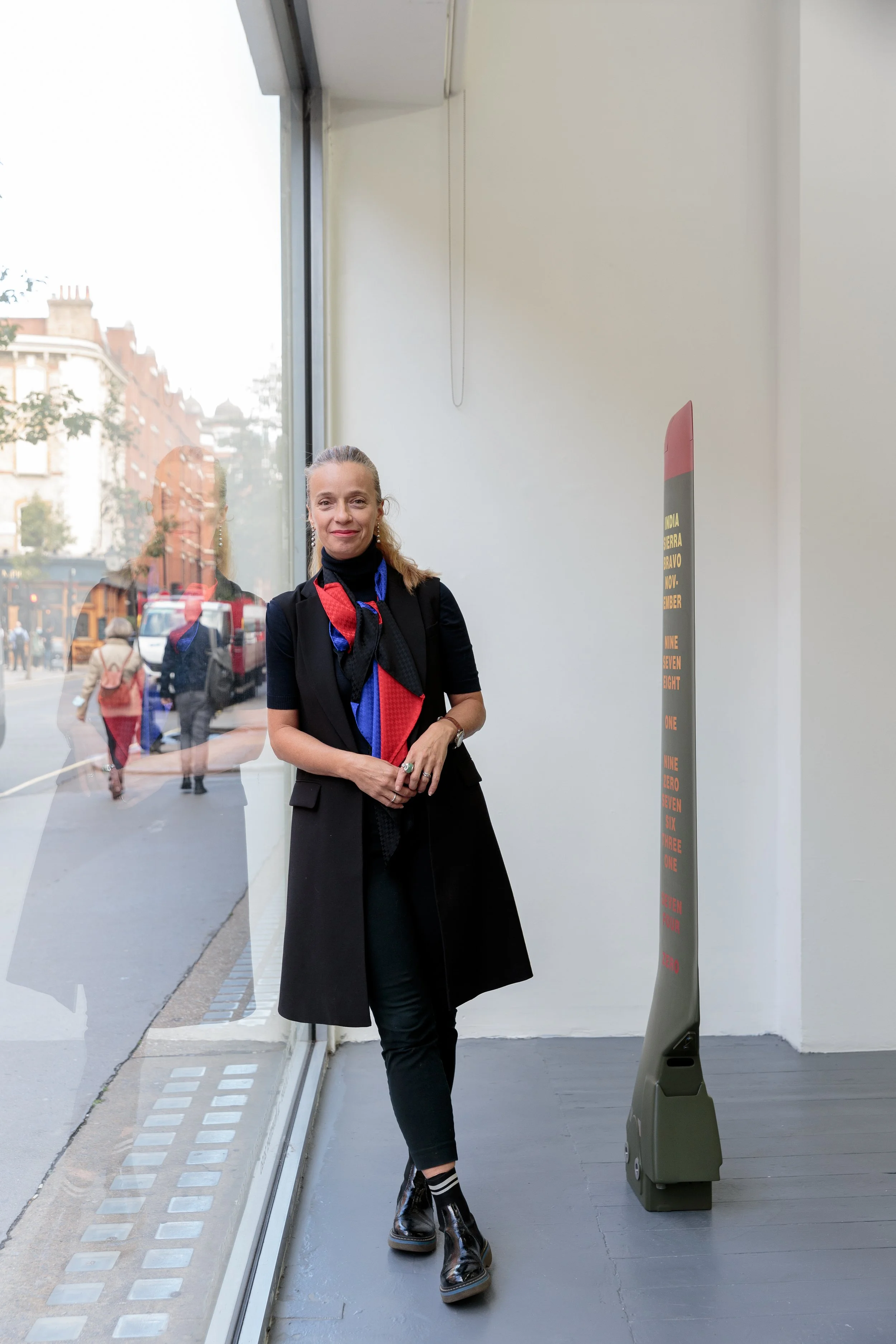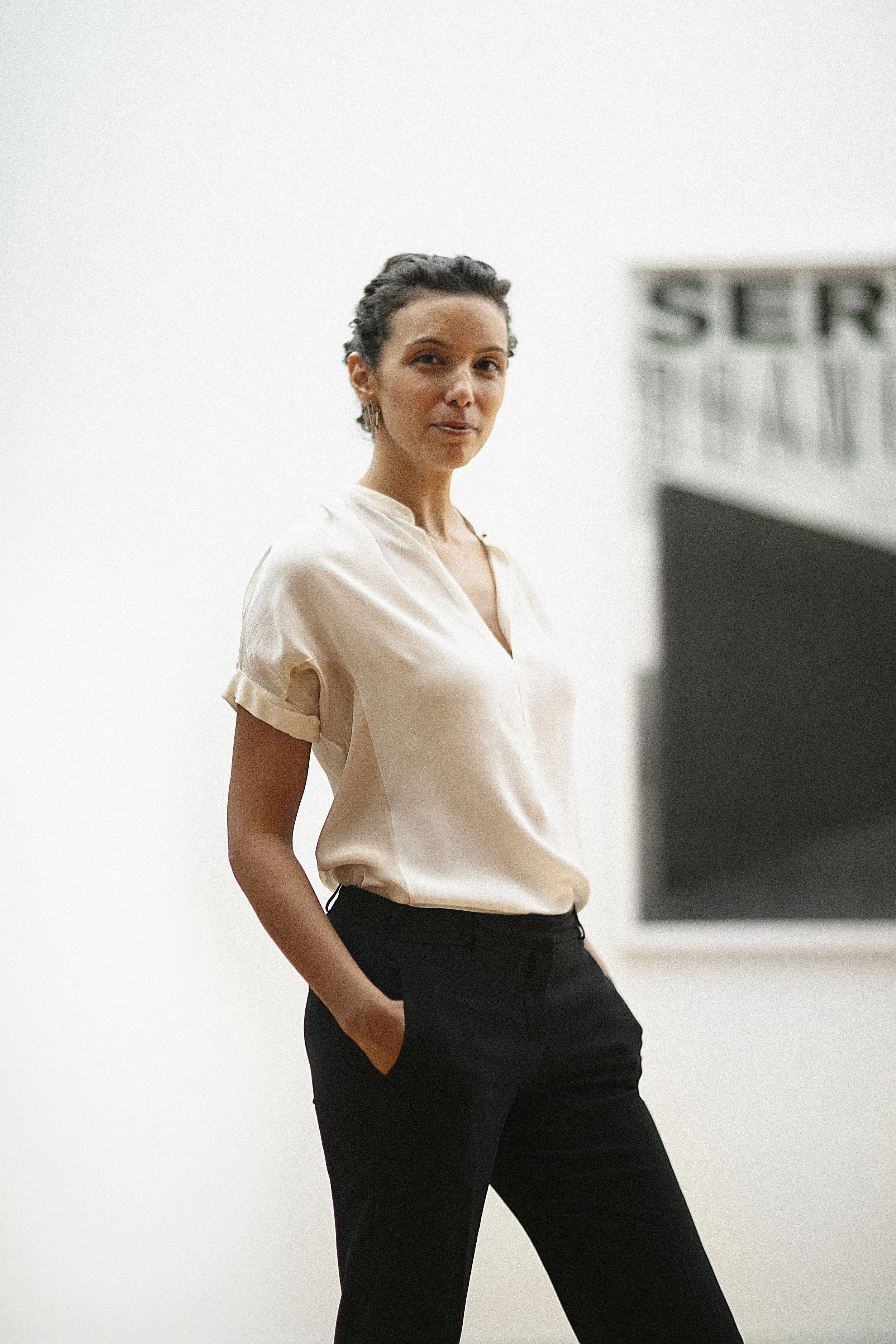Istanbul
AWITA Forecast Sponsored by Hallett Independent
Art Fair Insurance: Protect Your Work on the Go
If you exhibit at art fairs, make sure your insurance covers your stock while on display. Some policies require each fair to be listed for coverage to apply, while others set an annual limit that adjusts based on the number of fairs and the value of your work.
Check your limits: ensure they’re enough to cover all stock and consignments.
Know your policy type: named-event cover vs. annual aggregate limits.
Get expert advice: speak to a broker to find the best fit for your needs.
An online Forecast capturing the cultural pulse of Istanbul featuring real-time insights from leading cultural commentators.
Speakers included: Jade Turanlı, Founder and director, PI Artworks, Eda Kehale Argün, Art advisor and senior representative consultant at Christie's, for Turkey and Anlam de Coster Arslanoglu, curator, advisor and founder, Fairplay.
Moderated by Bengü Gün, (Strategic Advisor, Curator), and COO at esea contemporary.
1. From Ankara’s Politics to Istanbul’s Pulse
Since the 1980s, Turkey's cultural focus has shifted from the politically driven center of Ankara to the cosmopolitan, privately driven art scene of Istanbul. Istanbul thrives on a mix of biennials, art fairs, private initiatives, and grassroots artist-run spaces, staying dynamic despite economic and political turbulence it faces.
“What’s constant about all of it is that Istanbul is very vibrant. It’s dynamic, it’s multi-layered… It’s like an onion” - Speaker
2. Public vs Private Funding
About 90% of Istanbul’s art ecosystem is private. There’s not a huge choice when applying for government grants or commissions. The publicly sponsored events are very strong.
SAHA, a privately funded foundation, actively supports artists and curators. If you're a curator visiting Turkey, reach out as they offer dedicated opportunities.
3. New Stream of Young Collectors
Turkey has a young, well-educated, and globally aware collector base engaging with conceptual art, video, or performance work.
4. Historical Sites
Initiatives like Zeyrek Çinili Hamam show how local historical sites can become new hubs for contemporary art, blending heritage with contemporary practices.
“It tells a story of passion and philanthropy… a 16th-century bathhouse now functions as a cultural complex with a dynamic contemporary art program.” - Speaker
Visit Biennial for more information: https://bienal.iksv.org/en
https://www.contemporaryistanbul.com/
AWITA Forecasts sponsored by Hallett Independent
A specialist firm of knowledgeable private client and art insurance brokers with a shared enthusiasm for art.
Get in touch with the team at enquiries@hallettindependent.com to find out how they can assist you.
The First Art Insurance Policy:
“Art insurance is believed to have originated in the 19th century when wealthy individuals began insuring valuable collections, highlighting the importance of protecting unique and irreplaceable items like fine art.” - Hallet Independent








